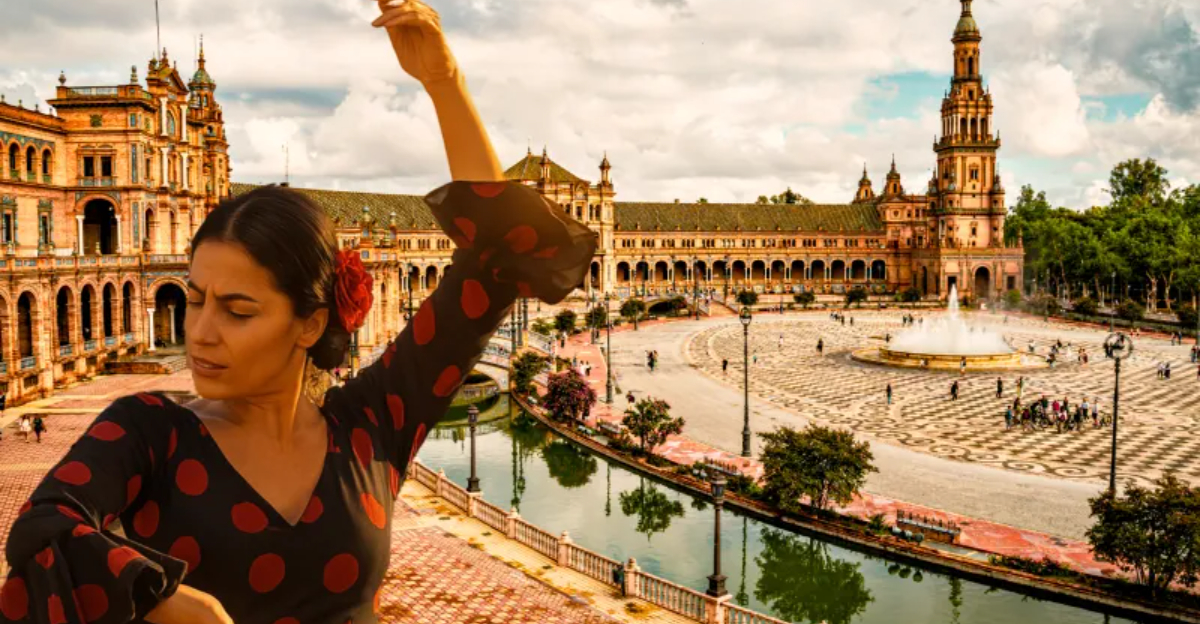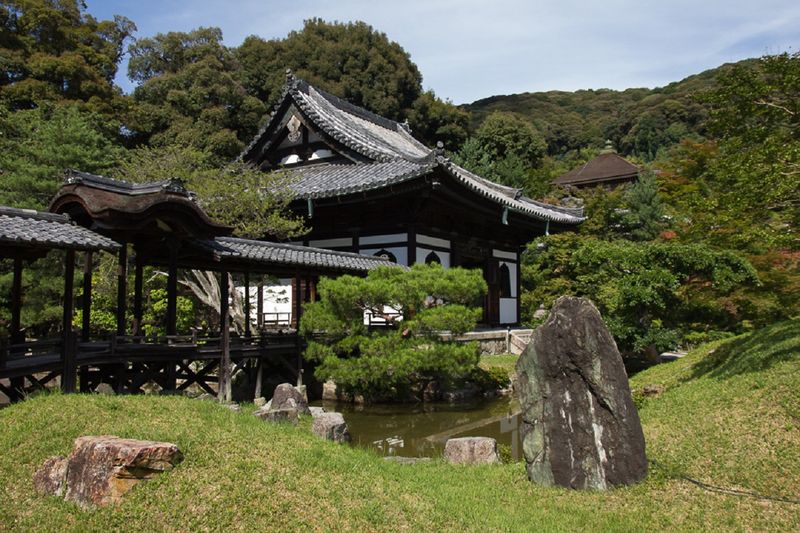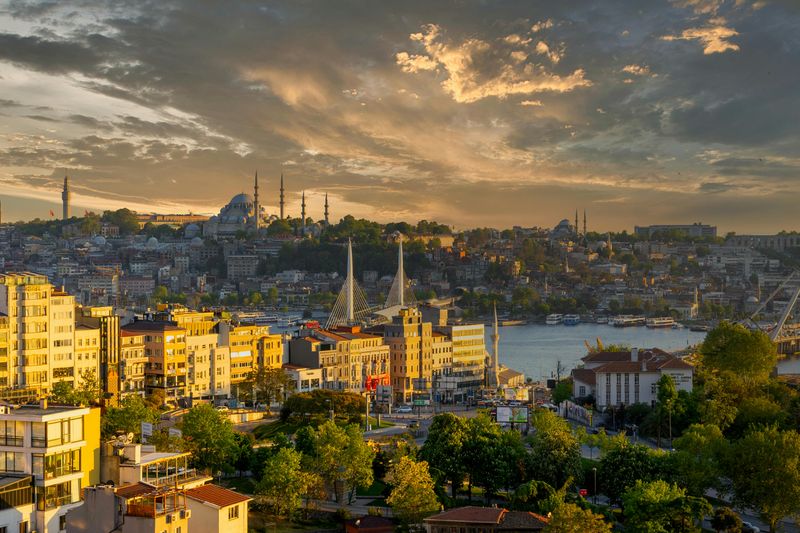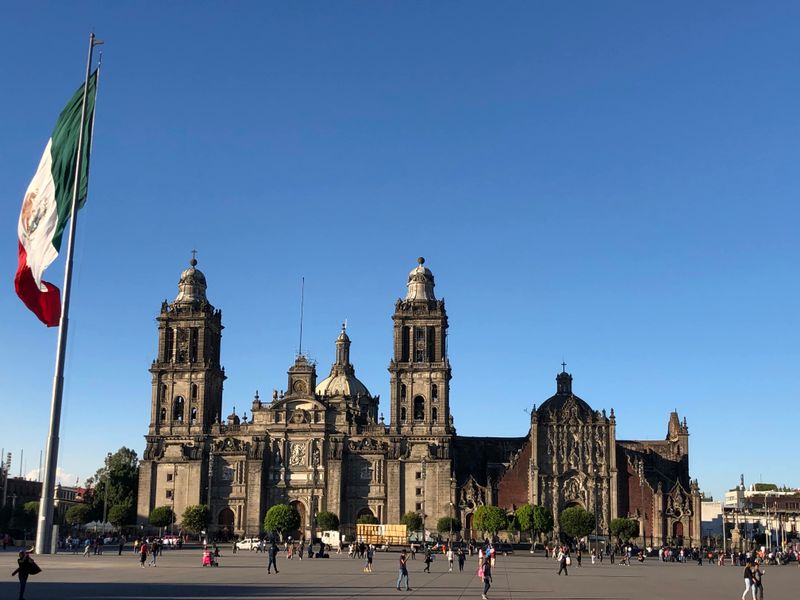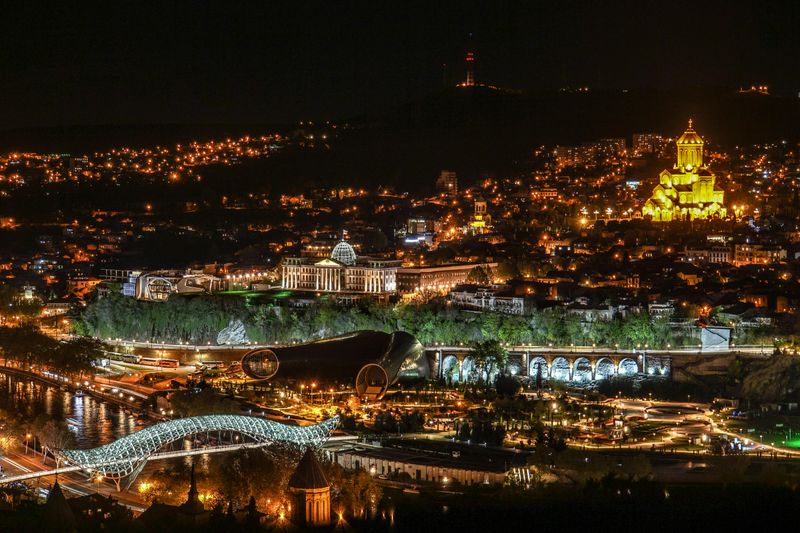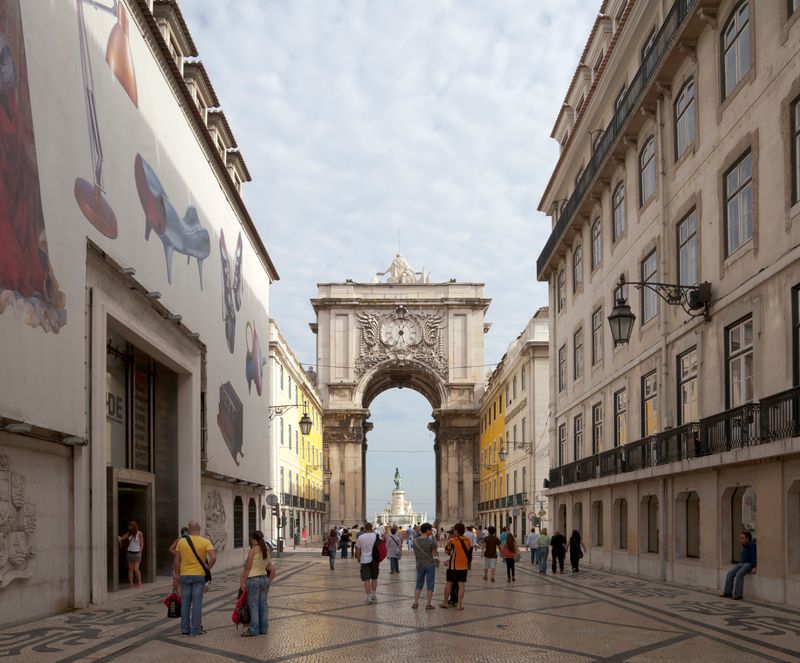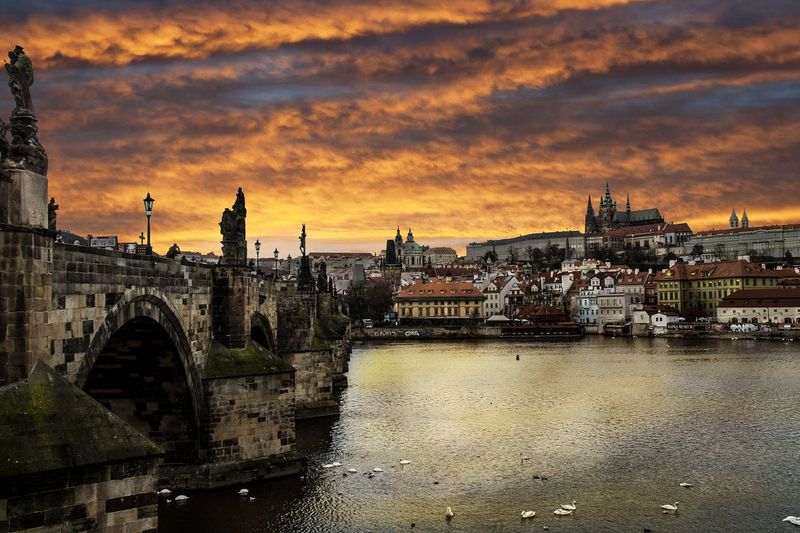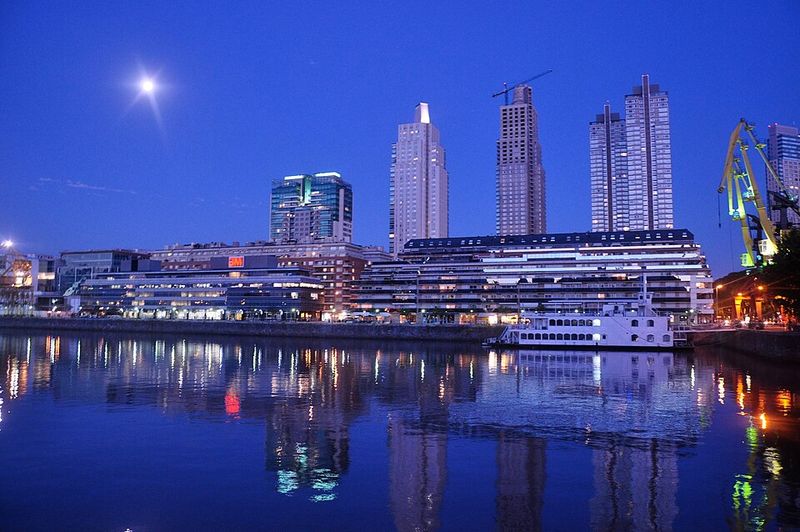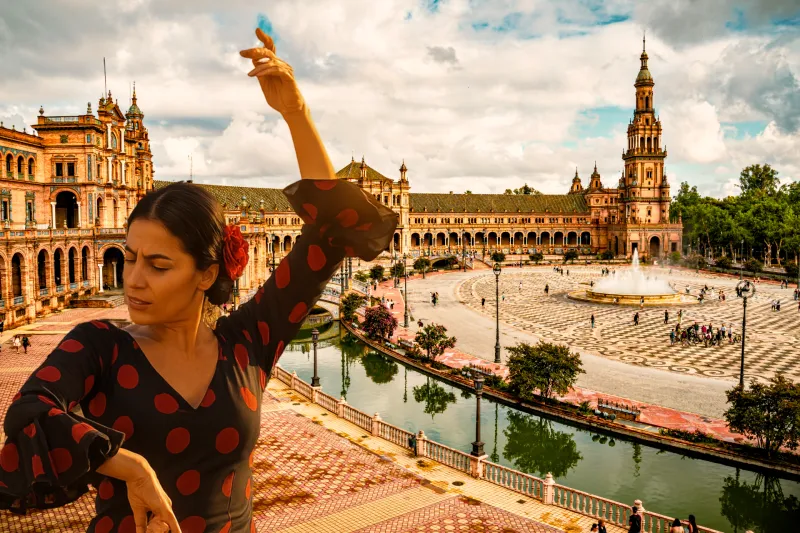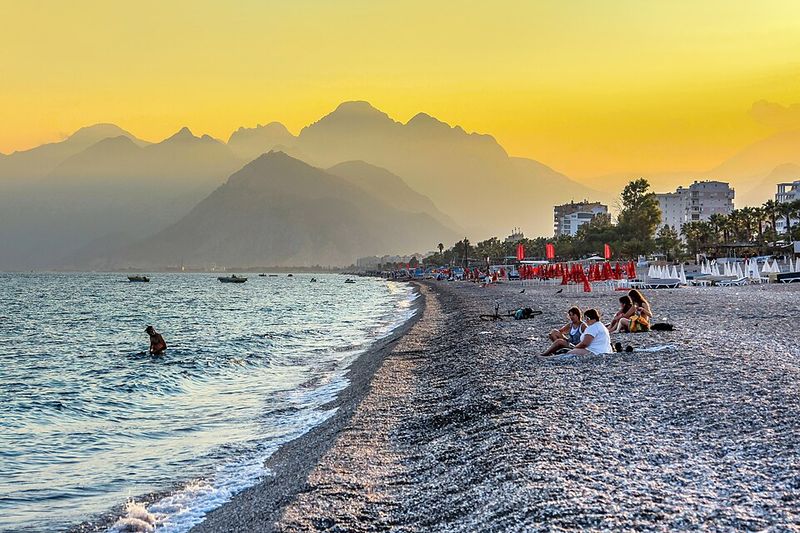Some cities carry their centuries like a beautifully woven cloak—threads of ancient stone stitched to the shimmer of glass and steel. If you crave destinations where stories are etched into walls yet innovation hums around every corner, this list is your passport. From imperial capitals to crossroads of empires, each city fuses heritage with contemporary energy in surprising ways. Ready to walk through time and then grab a cutting-edge coffee right after?
Rome, Italy
Rome’s soul is a palimpsest where eras overlap in living color. You can stand by the Colosseum’s weathered arches and hear scooters trill past, then sip espresso near the Pantheon’s portico while office workers stride by. The Roman Forum’s columns punctuate the skyline as contemporary galleries open in repurposed palazzi, and sleek metro stations shuttle commuters beneath imperial roads. Neighborhoods like Trastevere and Monti mix cobblestones with concept stores and craft cocktail bars. Rome’s culinary scene honors cucina povera while embracing inventive tasting menus. Even infrastructure tells a layered tale: aqueducts meet satellite dishes, Renaissance fountains face minimalist boutiques. In this city, ruins aren’t relics—they’re neighbors. The old and new don’t merely coexist; they actively converse, shaping a cityscape that turns daily life into a living museum.
Kyoto, Japan
Kyoto balances quiet tradition with quietly confident modernity. In Gion, geiko glide past wooden machiya as discreet design boutiques showcase minimalist craftsmanship. You’ll step from mossy Zen gardens to glassy contemporary museums that frame ancient aesthetics anew. Historic temples like Kiyomizu-dera overlook neighborhoods humming with third-wave coffee, regional cuisine, and artisans reinventing classic techniques. The city’s transit is crisp and efficient, yet backstreets feel timeless, perfumed by incense and cedar. Seasonal rhythms—cherry blossom fronts, maple-bright autumns—set a ceremonial cadence for urban life. Workshops preserve kimono dyeing, tea ceremony, and pottery, while tech-savvy makers push innovation with Japanese precision. Kyoto proves the past isn’t a backdrop; it’s an active collaborator. The result is a refined dialogue between heritage and design that rewards unhurried exploration.
Istanbul, Turkey
Istanbul, straddling two continents, greets you with a skyline of minarets and mirrors. Byzantine and Ottoman masterpieces—Hagia Sophia, Topkapi—anchor a city bristling with contemporary towers and creative districts. Ferries crisscross the Bosphorus, where fishermen, financiers, and artists share the same horizon. In Karaköy and Kadıköy, galleries and coffee roasters animate historic blocks, while sleek metros knit ancient quarters to new business hubs. The Grand Bazaar buzzes like a centuries-old startup, and experimental chefs remix Anatolian flavors. Mosques glow at dusk as neon signs flicker to life; the call to prayer threads through techno beats. Istanbul’s history isn’t shelved; it’s woven into the daily commute. Here, the East–West meeting isn’t metaphor—it’s lived reality, producing a kinetic, layered urban experience.
Mexico City, Mexico
Mexico City stands on Tenochtitlán’s shadow, and that heritage glows through the metropolis. In the Centro Histórico, Aztec ruins of Templo Mayor rest yards from colonial cathedrals and contemporary museums. Polanco’s galleries and Condesa’s leafy avenues host experimental art, specialty coffee, and global cuisine, while Xochimilco’s canals carry pre-Hispanic echoes. Murals by Rivera converse with cutting-edge installations, and tech startups thrive near precolonial artifacts. Efficient new transit lines weave under baroque domes and modernist icons like the Torre Latinoamericana. Culinary innovation reinterprets Indigenous ingredients with Michelin sheen. The city’s scale can be vast, yet neighborhoods feel intimate, each block telling a story of reinvention. Mexico City’s secret is its layering: it doesn’t replace the past—it stages it, daily, in a vibrant urban theater.
Baku, Azerbaijan
Baku pairs wind-worn sandstone with bold lines of fire-shaped glass. Within Icherisheher, labyrinthine lanes and caravanserais recall Silk Road days. Step beyond the walls and the skyline ignites: the Flame Towers rise over a polished promenade along the Caspian. Here, tea houses neighbor avant-garde museums, while restored hammams sit near kinetic public art. Oil-boom modernity funded daring architecture, yet the old city keeps its human scale—courtyards, carved doors, and storytelling carpets. Even the metro stations gleam with a futurist sheen, connecting medieval bastions to business districts. Culinary traditions—plov, kebabs, saffron notes—flourish alongside chic restaurants and bakeries. Baku’s duality is its signature: a fortress-heart protected by gleaming ambition, where history’s textures and tomorrow’s shapes meet with surprising harmony.
Tbilisi, Georgia
Tbilisi feels like a collage curated by time and improvisation. Medieval fortresses guard slopes of pastel balconies and wrought-iron verandas, while the swooping Peace Bridge and bold concert halls speak fluent modernity. Orthodox cathedrals, Art Nouveau courtyards, and Soviet-era blocks coexist with trendy wine bars and creative hubs. Sulfur baths steam beside pop-up galleries; traditional polyphonic songs meet electronic beats. The city’s topography stacks viewpoints and secret lanes, rewarding wanderers with cinematic vistas. Street art wraps brick houses, and culinary traditions—khachapuri, khinkali, amber wines—are reinterpreted by young chefs. Tbilisi’s transit is improving, linking historic districts to startup spaces and design studios. It’s a place where “old meets new” isn’t a slogan; it’s the daily choreography, animated by generous Georgian hospitality.
Lisbon, Portugal
Lisbon’s light washes centuries into soft focus, but its energy is distinctly present tense. In Alfama, azulejo-clad houses and miradouros overlook the Tagus, while sleek riverside museums and innovation hubs punctuate the waterfront. Historic monasteries and Manueline portals pair with contemporary trams and co-working spaces. Fado melodies drift through lanes that now host design studios and specialty bakeries. Culinary life spans pastel de nata traditions to inventive seafood tasting menus. The city’s hills deliver views of red roofs framed by modern bridges and public art. Lisbon values preservation yet embraces reinvention, reusing heritage buildings for culture and tech. It’s a gentle, sea-breezed collaboration between memory and momentum—romantic, resilient, and surprisingly forward-thinking without losing its soulful cadence.
Prague, Czech Republic
Prague is a fairytale city that keeps rewriting itself. Gothic spires and baroque facades define the historic core, while modern design spaces and tech labs hum in revitalized districts. Charles Bridge leads to neighborhoods where indie theaters, concept stores, and micro-roasteries thrive inside centuries-old walls. The city guards its skyline, yet experiments at street level—public art installations, creative markets, and reimagined industrial zones. Classic beer halls share blocks with natural-wine bars and inventive bistros. Efficient trams slide past ornate churches, stitching historic scenes to contemporary life. Prague’s magic lies in how it preserves wonder without freezing it, letting the past stage an ongoing conversation with imagination. Every cobblestone seems to carry a new idea right alongside an old story.
Buenos Aires, Argentina
Buenos Aires marries elegance with edge, more vintage than ancient but rich in layered history. Belle Époque facades and neoclassical landmarks anchor barrios where bookstores, theaters, and cafés create a living salon culture. Cross to Puerto Madero and the skyline turns contemporary, with sleek towers and the Puente de la Mujer reflecting cosmopolitan aspirations. Street art blooms in Palermo and Colegiales, while traditional parrillas coexist with inventive tasting rooms. Tango isn’t a museum piece—it spills into plazas and studios, evolving with new rhythms. Efficient buses and subte lines connect timeworn corners to startup hubs and design markets. The result is a metropolis where memory and modernity dance—sometimes dramatic, often joyful—drawing travelers into an urban choreography that feels both familiar and fiercely original.
Seville, Spain
Seville threads centuries through sunlit courtyards and animated evenings. The Alcázar’s Islamic artistry, the cathedral’s Gothic vastness, and the Giralda’s silhouette define a glorious past. Yet around them, tapas bars, digital creatives, and urban renewal projects energize everyday life. The Metropol Parasol’s contemporary curves shade lively plazas where locals gather late. Traditional ceramics and flamenco coexist with edgy galleries and artisan workshops reviving old crafts. Culinary culture evolves—classic salmorejo and jamón ibérico appear alongside playful tasting menus. Bike lanes and trams glide past palaces, linking historic quarters to new cultural hubs across the river. Seville’s charm is not nostalgia; it’s the living warmth of a city that polishes tradition until it gleams anew, inviting you to linger.
Xi’an, China
Xi’an’s foundations reach deep into imperial history, yet its skyline keeps climbing. The Terracotta Army guards the city’s mythic aura, while intact walls encircle streets buzzing with electric scooters and neon vendors. Night markets serve spicy biangbiang noodles alongside artisanal tea, as high-speed rail links Xi’an to China’s modern network. In tech parks, startups iterate within sight of pagodas and stone steles. Museums showcase Silk Road legacies, while contemporary galleries reinterpret them. The Drum and Bell Towers preside over crossroads where heritage routes meet retail avenues. Xi’an demonstrates how rapid development can orbit a steady cultural core. It’s a study in contrasts made comfortable, where dynastic echoes accompany a very current beat.
Antalya, Turkey
Antalya pairs a sunlit coastline with a timeworn heart. Kaleiçi’s tangle of Ottoman houses, Roman remnants, and Byzantine traces huddles around a historic harbor, while contemporary resorts and promenades arc along turquoise bays. Hadrian’s Gate frames photos and daily life as cafés, boutiques, and galleries refresh ancient lanes. Watersports, art festivals, and sleek marinas signal a forward-looking outlook. The city’s museum showcases exquisite Roman mosaics, while beach clubs and rooftop bars look toward the Taurus Mountains. Efficient transport ferries visitors from antiquity to modern leisure in minutes. Antalya doesn’t separate history and holiday—it layers them, making the old town a living foyer to a polished resort city that still feels authentically Mediterranean.
Athens, Greece
Athens stages antiquity on a hilltop and modern life at its feet. The Acropolis commands the skyline, yet the city pulses with creative neighborhoods, street art, and contemporary museums like the Acropolis Museum and Stavros Niarchos complex. Plaka’s neoclassical charm meets inventive bistros and third-wave coffee bars. The metro whisks you from ancient agoras to beachy suburbs in minutes, threading history through everyday routines. Galleries and music venues activate repurposed industrial spaces, and markets brim with olive oils, herbs, and cheeses remixed by new-wave chefs. Athens proves that classical heritage can be both backdrop and blueprint—endlessly studied, daily lived, and constantly reinterpreted in a city that argues, laughs, and creates in the Mediterranean sun.
